A Zookeepers Life #8 Animal Training
Animal training is a key part to a Zookeeper’s role, it allows us to capture certain behaviours and ask the animal to perform them on command. It sounds straight forward but depending on what you are trying to capture can take as little as one training session, to a years’ worth of work.
Meg
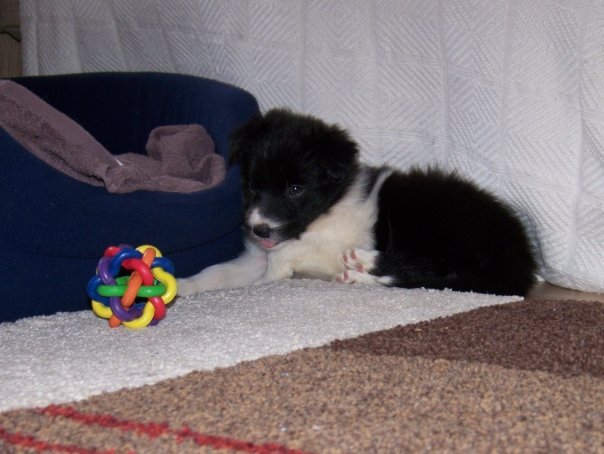
Meg is an 8-year-old Border-Collie that was bred on a farm, at the age of 6 weeks the breeder forced us to collect her as she did not want to keep the puppies with the mother anymore, so we ended up biting off more than we could chew so to speak. Meg was a complete nightmare which is to be expected at that age, puppies should stay with their mothers until they are 10 weeks of age, this is how puppies learn right from wrong so Meg didn’t know the boundaries.
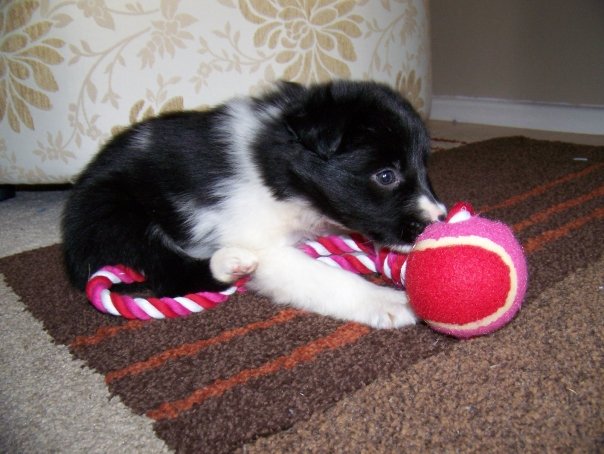
I managed to teach Meg a range of behaviours from:
- Crawling
- Barking
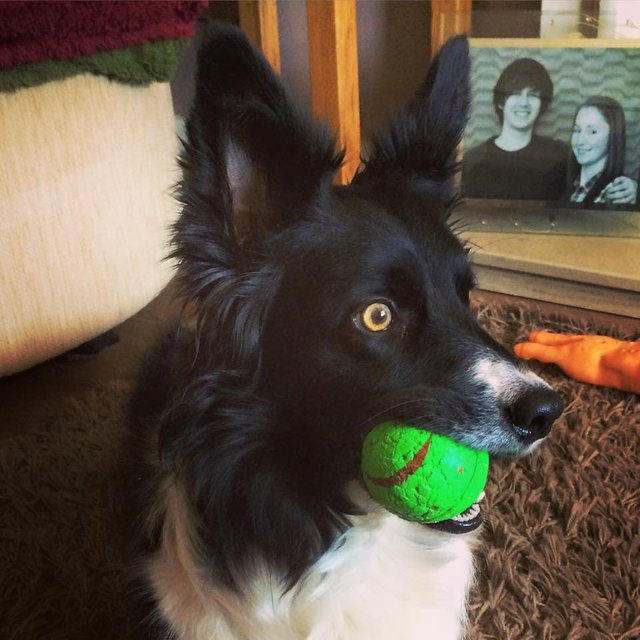
- Whispering
- Small howls
- Touching the ball with her nose
- High-five
- Down
- Spin
- Play dead
- Shut the door
- Bring the paper
- Bring slippers belonging to different people
- Bringing the shopping in
- Wait
- Slow walk
The list goes on. Meg LOVES a ball so that was always her reward, sometimes she would do 3 or 4 behaviours, other times she will do 12-20 behaviours before she gets it. She has such amazing patience and loves her work. All her training has been done using positive reinforcement methods. Here is a short video of her performing a variety of the above.
Zoos and Animal Training
All captive animals throughout the world at one stage will be handled for an array of purposes such as medical treatment, transportation and routine veterinary procedures for a few examples. It is found that handling animals causes stress which can be reduced through positive consequences that the animal associates the situation with such as patting and stroking, overall this will decrease their fear and aversion. Animals learn through experience that handling is either positive or neutral meaning a positive or neutral relationship can be formed with the handler.
For many species in a zoo, handling would be dangerous for both keeper and animal with concerns that too much exposure could be detrimental to breeding programs due to changes in their behaviour.
In zoos, their environments are constantly being manipulated, that influences their behaviour that occurs through daily husbandry that is sometimes referred to as ‘passive training’, as the animal learns something about the human activity rather than the behaviour being determined by the trainer.
Positive Reinforcement Training
The most frequent method used to train animals is based on operant condition techniques that reinforces a behaviour and increases the likelihood it will occur again.
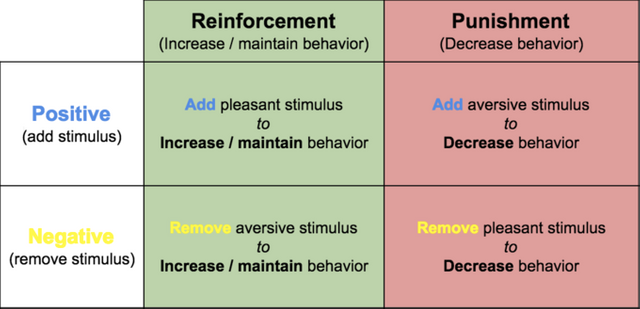
Source: here
Animals Training in a zoo
There is a strong debate upon which animals should or should not be trained in zoos with both sides of the argument discussing the benefits and problems that are associated with the practise.
| Benefits | Problems |
|---|---|
| Facilitates husbandry | Increases domestication |
| Improves health and welfare | Can be invasive |
| It is highly enriching | May alter the animal’s behaviour towards humans, animals and conservation value |
| Improves reintroduction success of released animals |
Training in zoos is used to modify behaviour of the animals for a variety of reasons
- Husbandry
- Conservation & Reintroduction
- Research
- Presentations
- Education
There are no boundaries upon which an animal can be trained but only competent staff can train animals with specific goals and guidance approved by senior management.
Examples of trained behaviours for zoos include animals trained to stand and show a certain aspect of their body for blood withdrawals such as tails and feet, catch and restraint, box training where the animal willing will enter a box to be moved or being lead trained.
Historically animals were trained for pure entertainment whereas nowadays the changes in visitor attitudes to zoos have meant the traditional animal performances (animals acting like people) are not as well received and are viewed as inappropriate in today’s culture. Today animals performing in “shows” are trained for husbandry techniques explaining to visitors why the animal is performing the behaviour, what it is used for, highlighting innate abilities or to portray a conservation or environmental message. Training sessions provide a great and effective way to teach members of the public the principles of operant conditioning training.
Training animals in zoos allows for simple routine husbandry procedures to take place that could be a stressful atmosphere for the animals.
Basil
Basil is a special little goat, I have been training him as mentioned before, since he was 2 months old to target train, walk on the lead and to put his full trust in me. Over the past 2 years Basil has come on leaps and bounds performing a variety of behaviours such as picking up his feet for us to trim them without restraint, to follow me wherever I go, to stand up on his hind legs to show his genitals and also his stomach where goats can get a lot of nasty skin complaints. Currently Basil is learning to open his mouth after having surgery this year to remove two teeth so that we can see if his teeth that will naturally migrate into the spaces are not affecting him any further. He is also re-learning restraint as after this year and the issues he faced written Here his confidence has taken quite a knock so this is a big goal to reach for next summer.
SeaWorld
I can’t do a training post without touching upon SeaWorld.
Historically the trainers and Whales would work within the same space and yes, their training was showing off a variety of natural behaviours but in my opinion perhaps demonstrated in the wrong way. I am personally not a huge fan of the trainers riding upon the noses of a Whale or on the back of a Dolphin, I am however a HUGE fan of their conservation message, their training methods, their enrichment program, their passion and drive, their ability to stand up to these so called “animal rights charities”, their ability to provide the public with amazing results from their research and showcasing their incredible welfare. I have yes been to a SeaWorld park and seen Orca whales in captivity for myself and I agree that large cetaceans and other species of animals should not be in a zoo, however, the wild is no longer safe from pollution, poaching, habitat loss and fragmentation, soon there will be no wild left. Without the Whales in captivity whether they should or shouldn’t be there they have provided us with fundamental research and knowledge to be able to help save their wild cousins. No whale has been caught for captivity in 35 years.
I highly encourage you to read @herpetologyguy Views on Seaworld & Blackfish Analysis
Final thoughts
As a keeper, I have learnt many techniques over the past few years in animal behaviour and training that has allowed me to put it all to the test and train a little goat to perform very important natural behaviours to enable his husbandry and welfare to improve. I have also begun to develop junior staff to train their assigned goats behaviours that will aid us in catching and restraint for routine procedures.
I hope that when you next spend time with your favourite animal you will open your mind to the endless training possibilities available to you and what you can achieve to improve their welfare and husbandry, whether that is your pet Dog or Cat, your Horse or even your pet Bird. The possibilities are endless.
Sources & extra reading
Steve Martin
Seaworld Training
Book Hosey. G, Melfi. V, Pankhurst. S (2013). Zoo Animals - Behaviour, Management and Welfare. 2nd ed. Oxford: Oxford University Press.
For more Zookeepers life editions check out
Any questions feel free to ask!
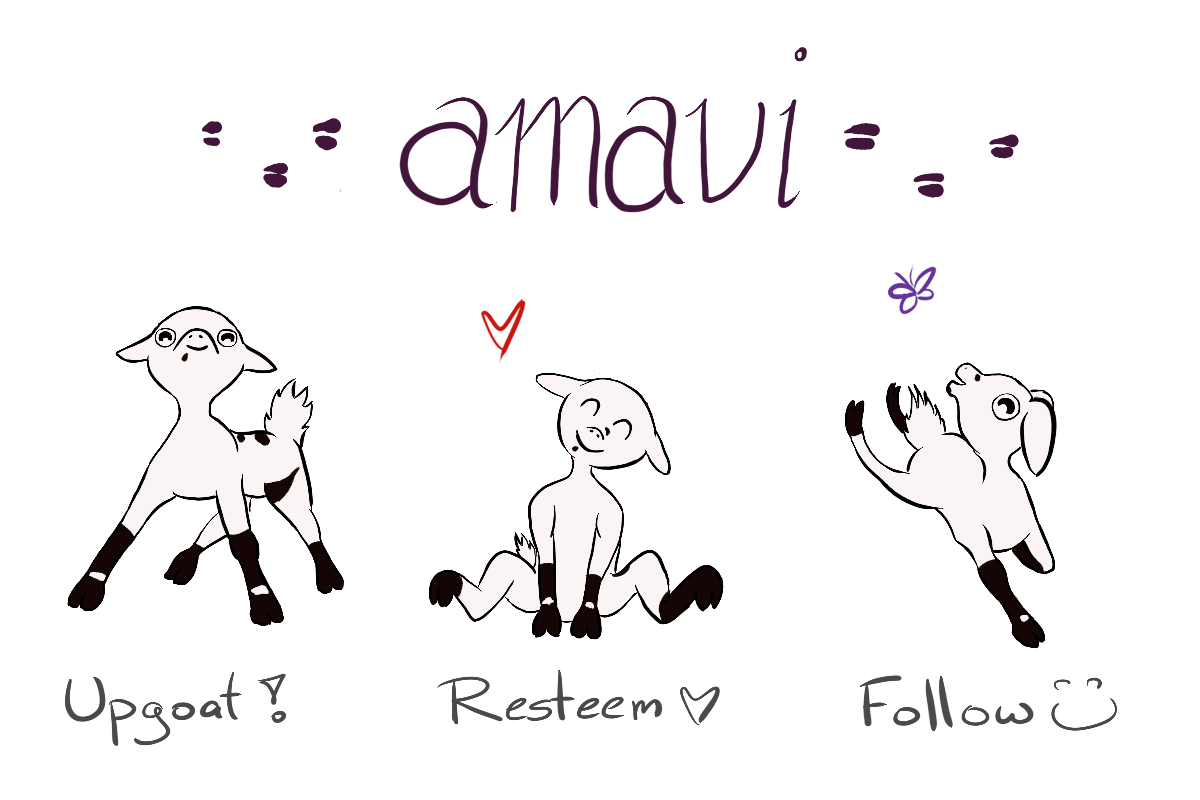
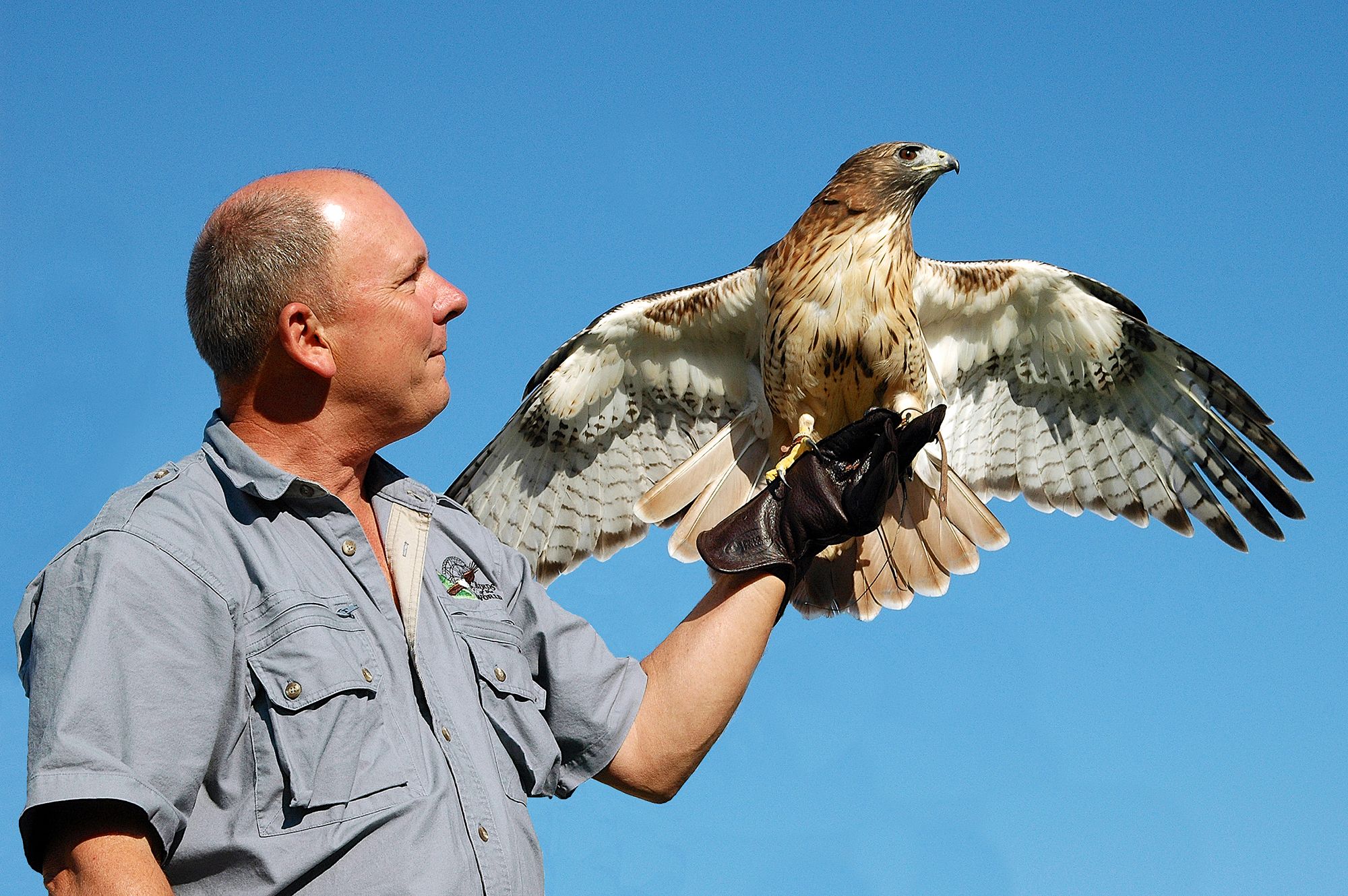
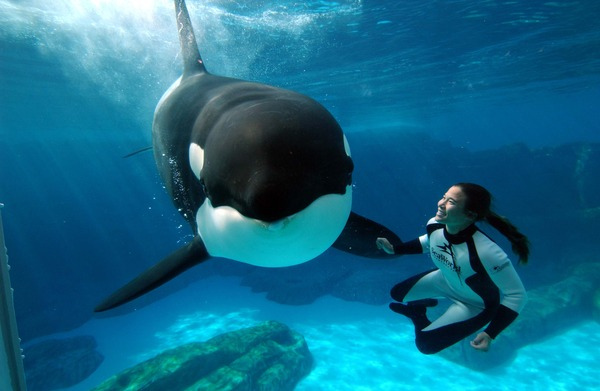
What I find so interesting about training is not just the variation between species, but the variation between individuals. I think it's only through our training programs that I've really been able to observe our animals' individual personalities and behaviors. It's kind of an added challenge to structure the program to apply to a particular animal, but really rewarding when it all pays off.
Even when you have to train a baby alligator who seems to take great joy in just being a little jerk...
Great post!
Its amazing isn't it. Basil has a way of wrapping me around his finger to get what he wants and only when he has been rewarded I realise what he actually trained ME to do! He also if I ignore any behaviour I didn't want will throw his head around and walk off knowing I will call him back- yet by time I have called him back I have already rewarded him. Its so frustrating but also very funny. Yet there are people out there who say animals are stupid, they really need to meet some of our animals!
Absolutely! One of the biggest hurdles I faced was when our gator Stella started anticipating my moves before I did them. Turned out she was picking up on some tiny muscle twitch I made with my arm that I wasn't even aware of. I knew gators were smart, but that was definitely the moment where I realized I was severely underestimating her. She sounds a lot like Basil; she knows what she is supposed to do, but she will test you every step of the way to try and get her way!
Not only enjoyable but also informative. I especially liked Meg's video. Good job!
Thank you :) I need to recapture a new video of her as this was a few years ago now so she has learnt much more. I am glad you enjoyed the post
Zookeepers do such an amazing job with the animals. You have a great responsibility. Thank you for giving me the opportunity to learn more through your posts.
You must be having fun with the animals. You look like you enjoy what you do
I thoroughly enjoyed looking at these pictures and reading your post. I want to thank you for sharing you experiences with zoo keeping. All the animals are so effing adorable.
This is great! Really cute and interesting pictures, plus a lot of new info. Do you have a favorite animal to work with?
Oh we all have favourites. Mine is a little pygmy goat called Basil who features in todays post :) He is a remarkable animal
@herpetologyguy is also the guy who made me change my opinion about Sea World. The post you mentioned is simply one of the best posts I have ever read on the topic!
I couldn't agree with you more apart from I already loved SeaWorld, the way he worded that topic was beyond perfect.
:)
Thanks guys! That was probably one of the hardest posts I've ever written, so I really appreciate the feedback!
This post was promoted with @monitorcap traffic bot & STEEM promotion service.
Send MIN. $1 SBD to @monitorcap bot with your link in MEMO field
and recieve upvotes & resteems for your posts. @monitorcap - where 'seen' matters !